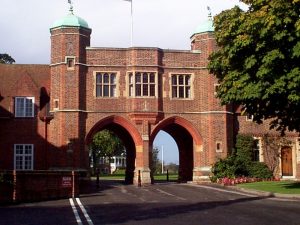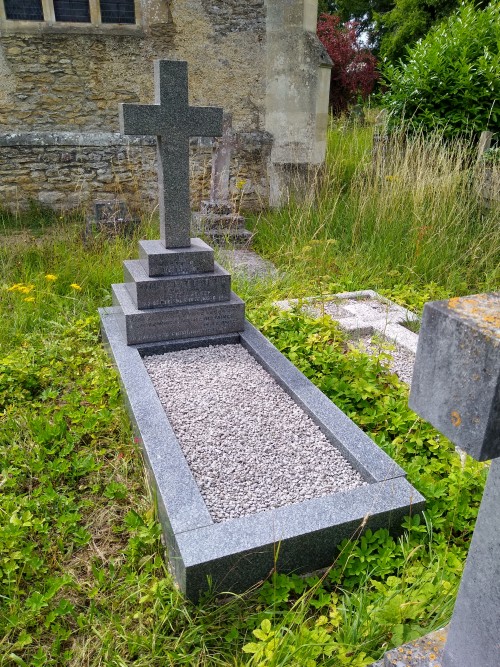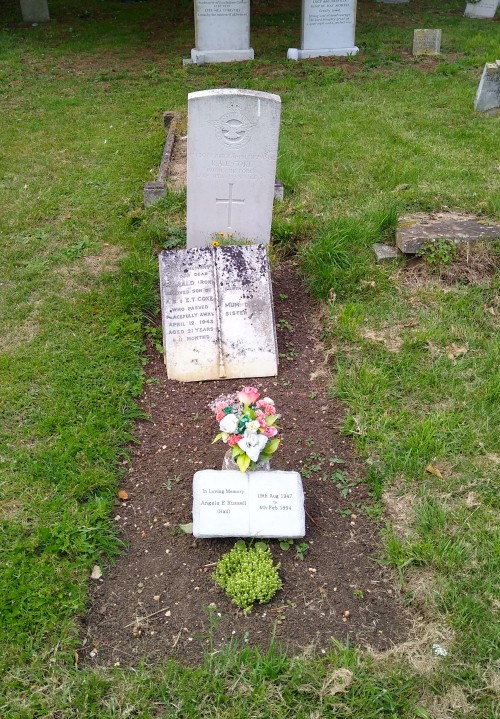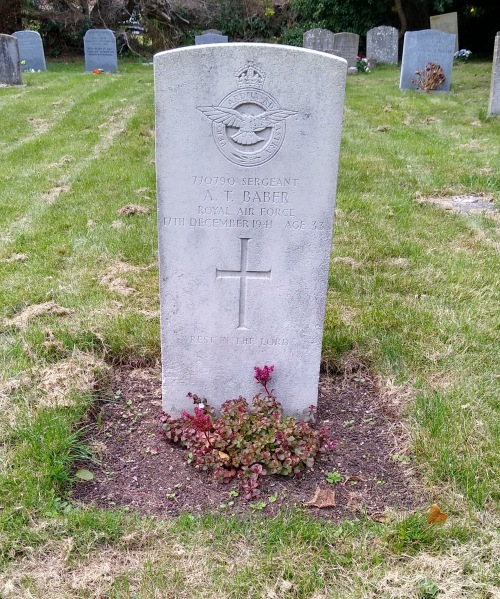Ahead of the commemorations on the 11th and 12th November to remember the dead of the two World Wars, details of the men behind the names on Radley’s War Memorials have been made available on the website. Click here to view
The village’s World War memorial is on the wall in Radley Church where there is also a board listing the names of ‘Those from Radley who served in the Great War 1914-1918’. The presence of the latter did not go down well with the Diocese of Oxford, whose Chancellor refused to ‘grant a citation for the memorials because the inscription includes a memorial to living persons, which is not permissible in my opinion inside a church’. A number of other churches around the country, however, have similar lists of the men from their communities who served as well as those who died.
After the Second World War, the memorial plaque in the Church was extended to add the names of a further six men from Radley who died serving in that conflict.
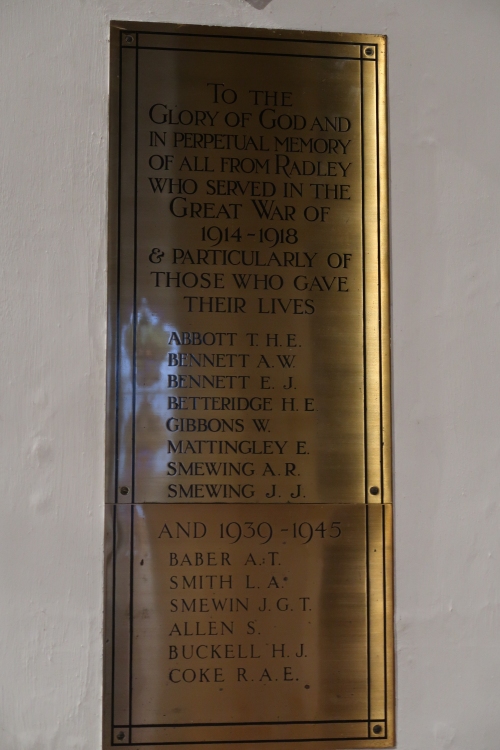
Radley College staff are commemorated on separate tablets on either side of the central pillar of the Memorial Arch. On one side is a tablet listing the College servants who died during the First World War and, on the other, the masters who died during the Second World War. The two much larger boards commemorating former pupils who died in the two World Wars are on the inner walls of the Arch.
